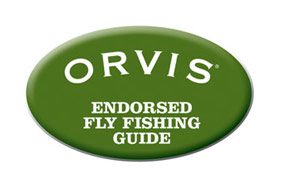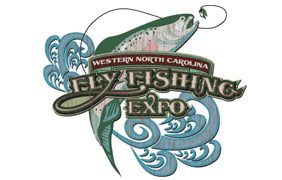Tiny Flies for Big Browns (Repost From the ORVIS Blog)
Written by: Trey Oliver, Fishing Manager Orvis Charlotte
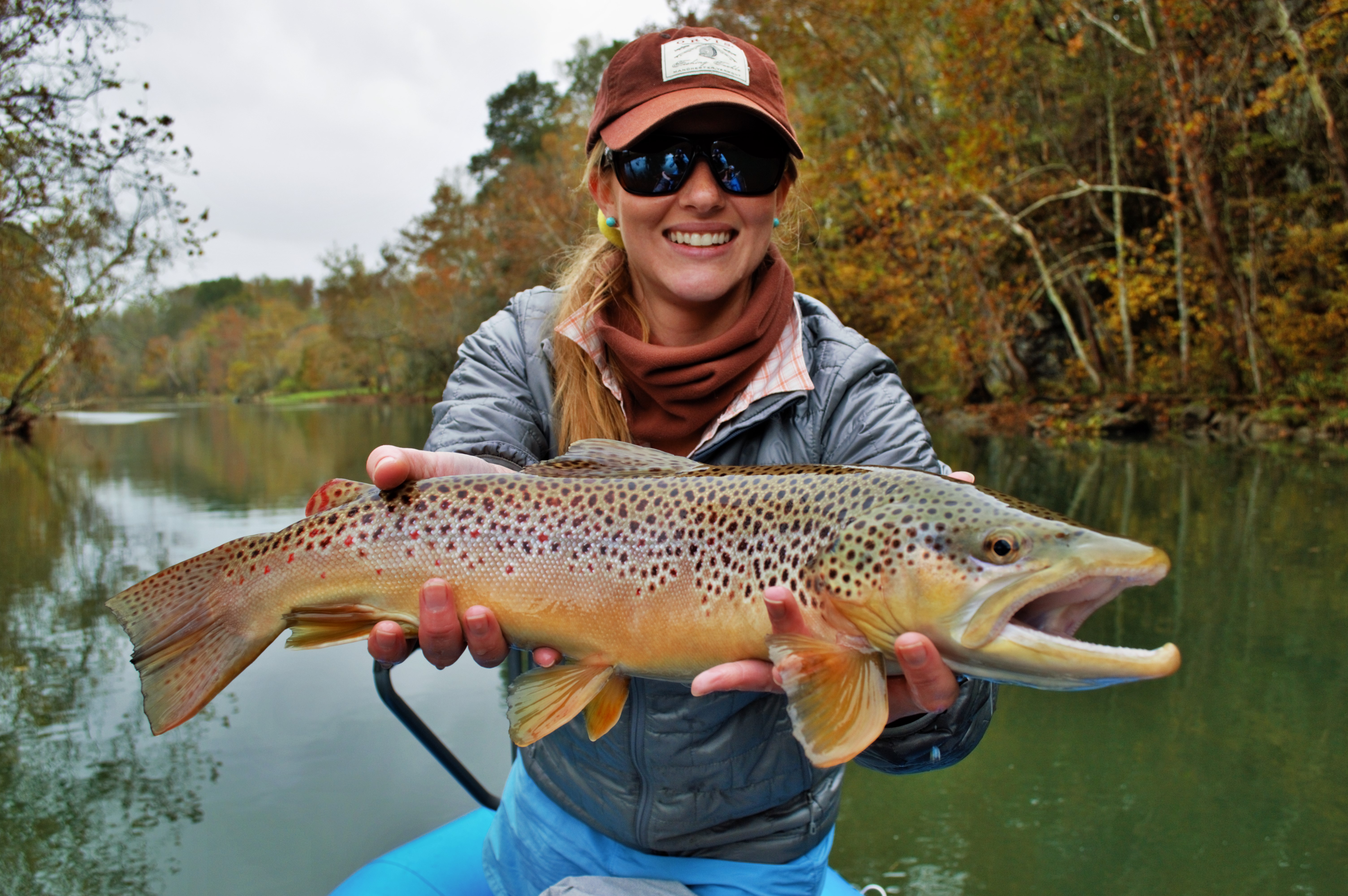
Mary Griffin shows off her 22-inch South Holsten brown, caught on a size 22 midge imitation.
All photos by Trey Oliver
It seems that streamers are all the rage these days—and let me preface this by saying I love fishing meaty flies—especially with all the cool patterns out there now! What’s not to love about tossing a 6-inch fly into the unknown with the anticipation that a monster brown will take a predacious swipe? But if I’m being honest, I’ve never really been all that successful with this strategy. Sure I’ve caught some nice fish with streamers, but they have been few and far between. However, some of my biggest trout have all consistently come on flies size 18 or smaller, with my personal-best fish caught on a size 22 Brassie.
A few days ago, Orvis Charlotte Store Manager Mary Griffin and I floated the South Holston River in Tennessee with guide Brown Hobson of Brown Trout Fly Fishing, a former Trout Bum of the Week. I went into this float with the mindset that it was going to be a good day to throw meat. The water was up, slightly stained, and we had a steady rain in the forecast: by most standards, the perfect conditions to fish streamers
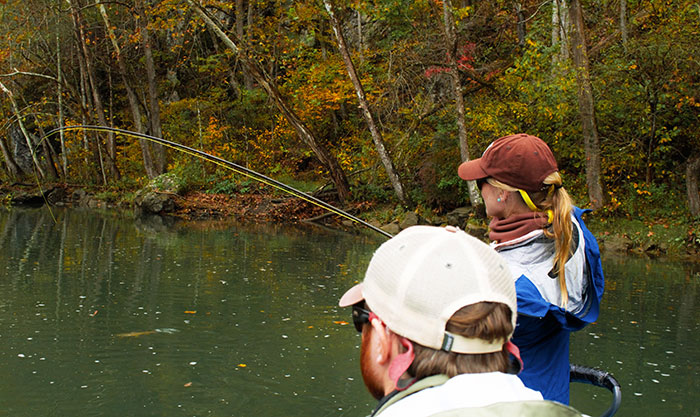
The fight was long, and Mary was careful to protect her light tippet.
I decided to start the day with a basic tandem-nymph rig, just so I could get a few fish under my belt before switching to the big stuff. Once I got my fix, and caught a few fish, I was ready to serve up the meat. So I grabbed my 8-weight with a 350-grain full-sinking line and began pounding the banks with my streamer. Meanwhile, Mary was in the front of the boat catching fish after fish with her nymph rig!
“That’s okay,” I thought, “She might win the numbers game today, but I’m going to be the one that brings the fish of the day to the boat.” A few minutes after this thought crossed my mind, out of the corner of my eye, I saw Mary cast her tiny nymph rig into a bubbly seam. Before she could even throw a mend into the line, her indicator vanished, and a large boil disrupted the calm surface. Mary set the hook, and all we saw was a yellow flash, followed by a massive, two-foot brown trout leaping two feet out of the water. This the kind of fish I though I’d catch with my streamer. After a long and careful battle by Mary, the fish was in the boat, and I stared at my “meat eater,” a beautiful, 22-inch male brown with a size 20 midge stuck in his mouth.
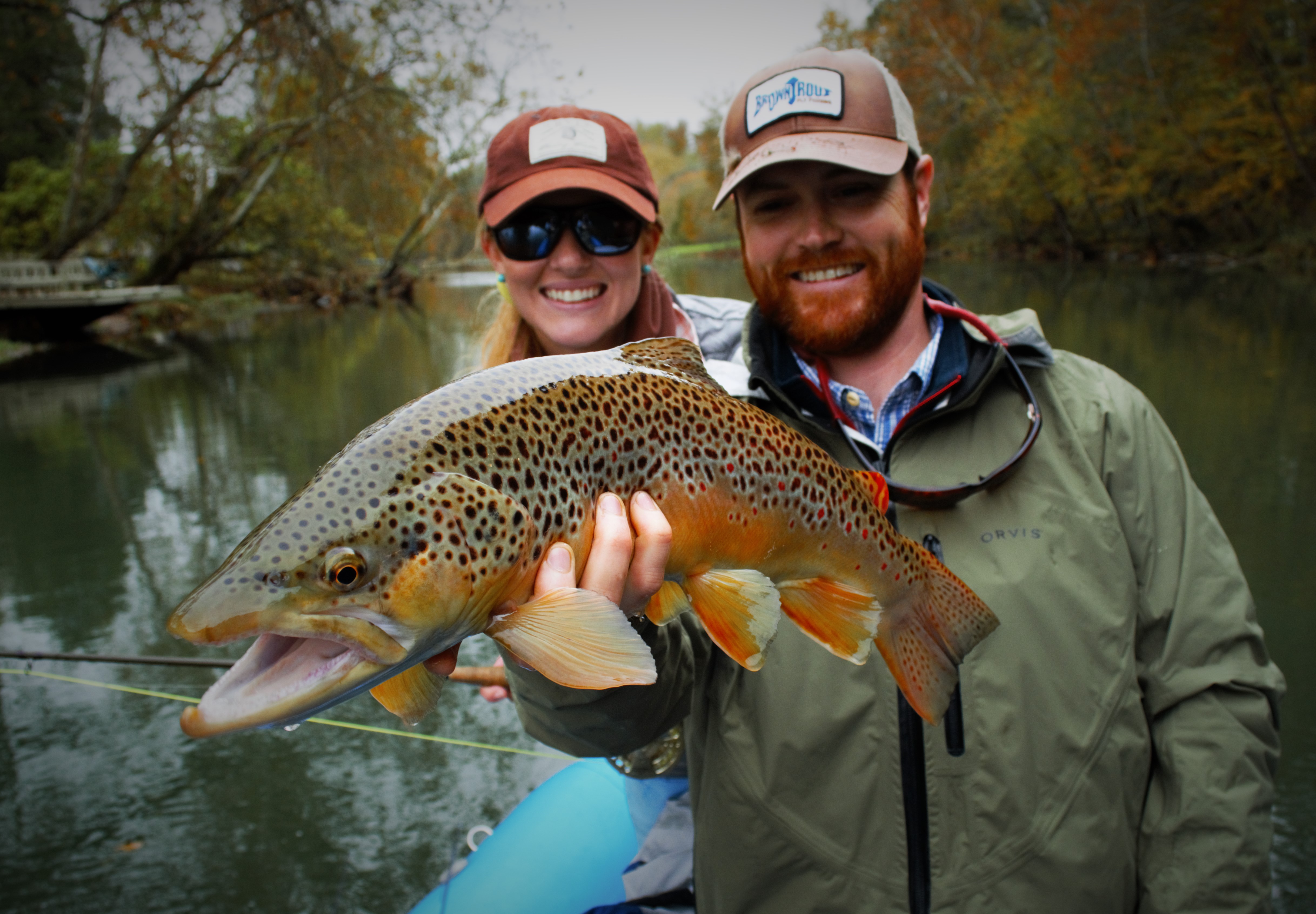
Guide Brown Hobson
It was humbling, to say the least, but this was not the first time this had appened to me on the South Holston River. More than once I’ve watched fellow anglers on the boat stick big fish with tiny flies, while I’ve stubbornly stuck to my guns with streamers.
Sure, nice fish are taken on the Soho with streamers, but my experience has been that fish are likely just as inclined to move on your streamer—simply to escort them out of their lies, without ever actually looking to eat it—only to return to gulping down midge after midge after midge. I’m sure I’ve ruffled the feathers of many die-hard streamer fisherman with this article, and I’ll admit big flies catch big fish. But on tailwaters such as the Soho, where the angling pressure is high, and the biomass of insect life is extraordinary, tiny flies catch big fish!
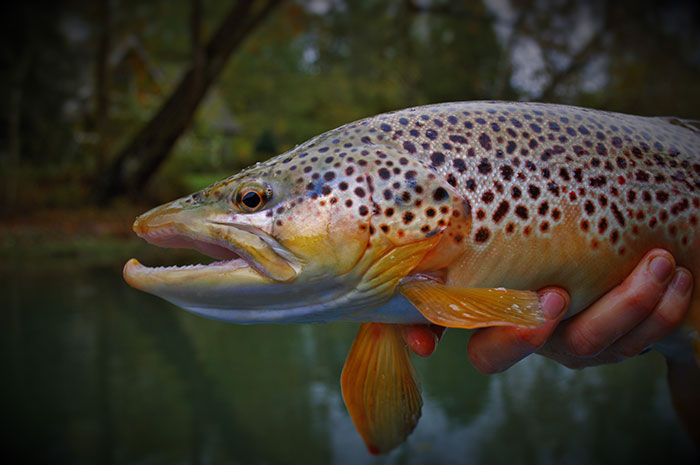
That is a healthy wild fish, feeding off the river’s productive food web.

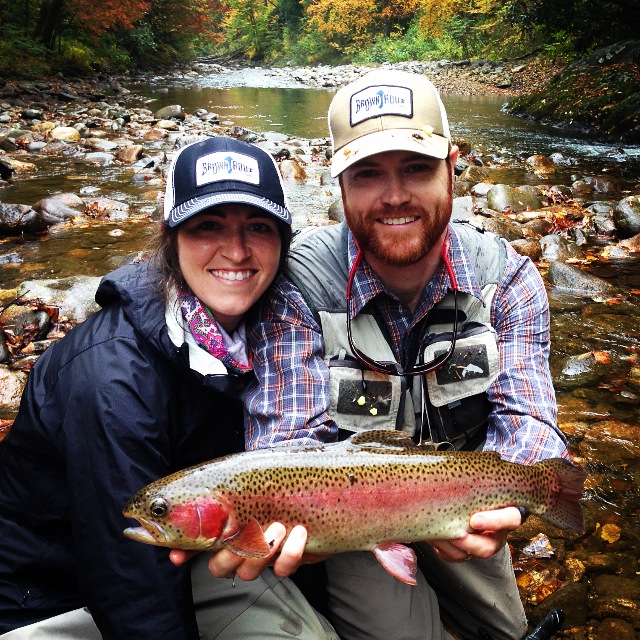
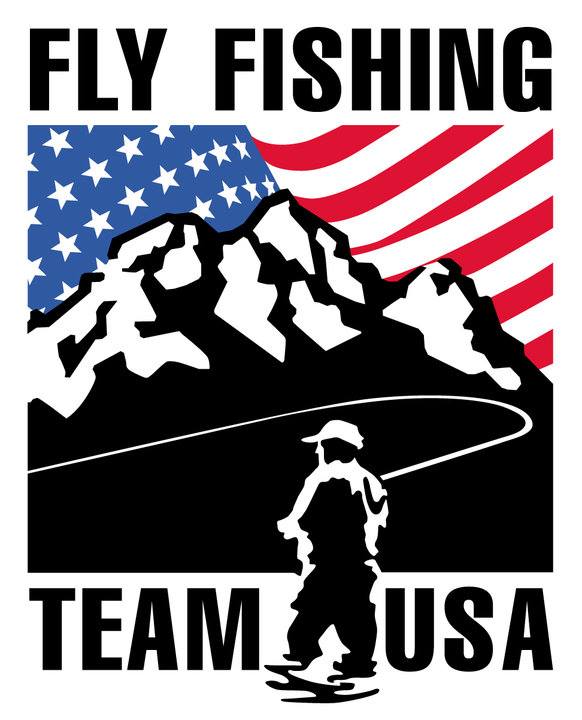
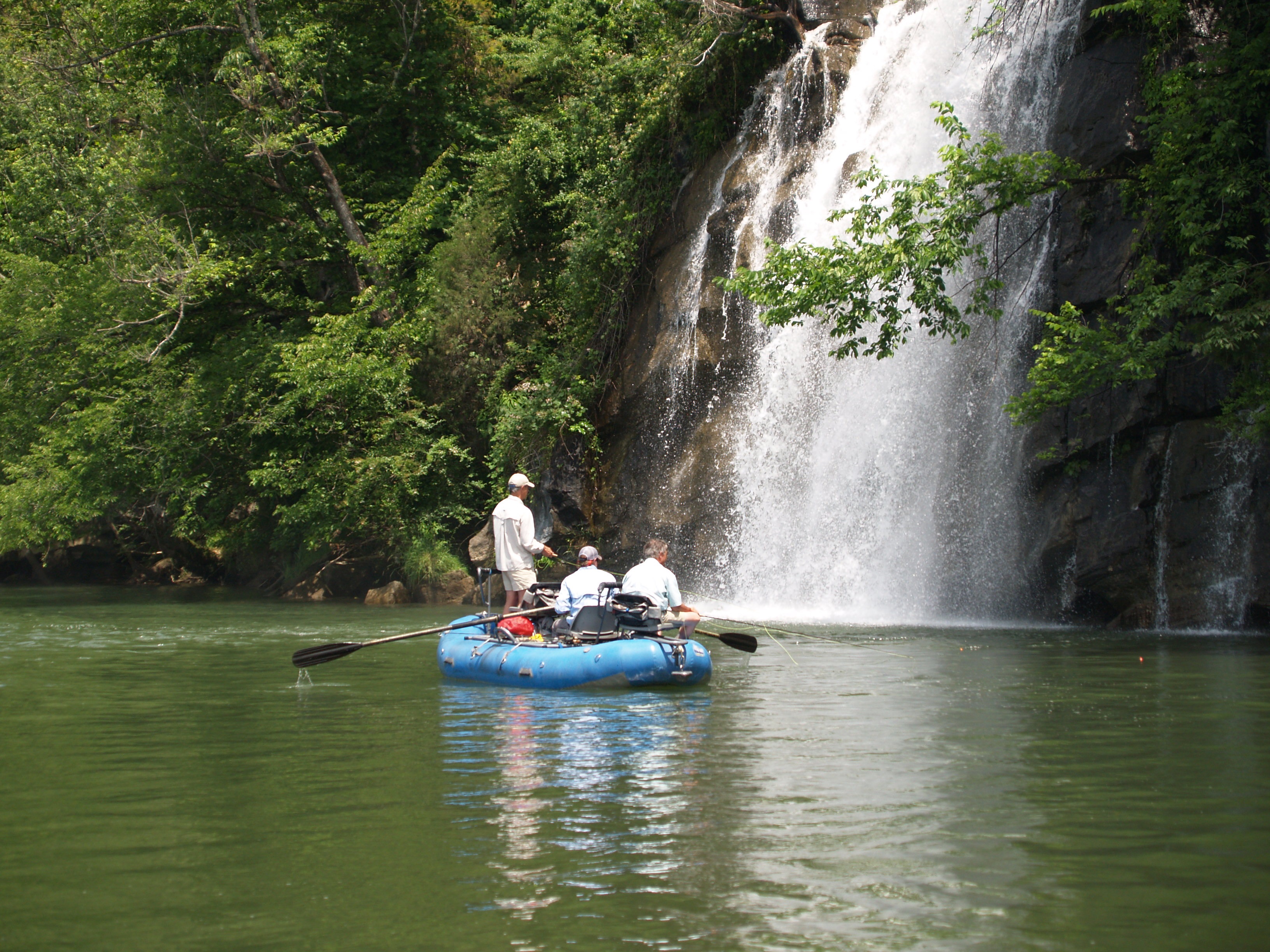
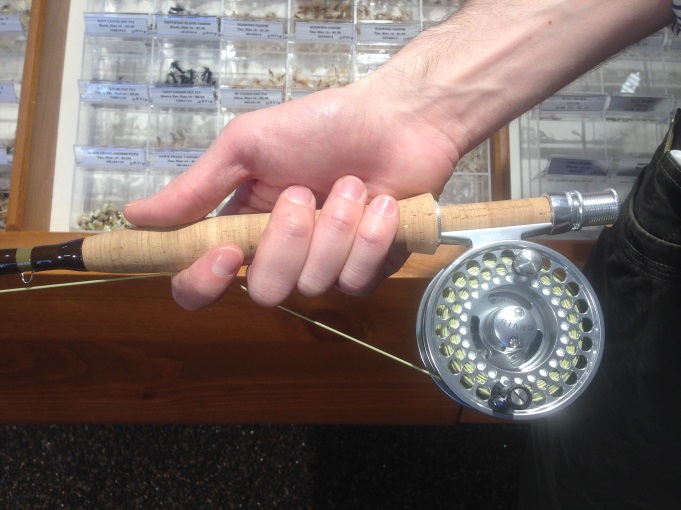 It is often awkward at first, but becomes instinctive after a short time. That is the most important tip I show them all day. It often translates the first eat into a landed trout, and frequently can double the number of fish they land. I see clients too often set the hook with the rod in one hand and the line in the other only to be stranded after the hook set with their hands five feet apart, and no way to retrieve the trout without creating a slack line. I do see creative anglers use their teeth to hold line while they strip, but that only works occasionally. The most effective way I’ve found to land fish after the set is to never remove the line from your rod hand trigger finger. Once you set the hook you use your free hand to strip line from just below your trigger finger (see photo) and you can rapidly make subsequent strips while never taking your eye off the fish. Constantly watching the fish and not your line allows you to react much quicker to any runs or direction changes. Work this trigger finger tip into your angling routine and I guarantee you will land more fish and more of the larger smarter fish that have developed fighting skills to outwit anglers.
It is often awkward at first, but becomes instinctive after a short time. That is the most important tip I show them all day. It often translates the first eat into a landed trout, and frequently can double the number of fish they land. I see clients too often set the hook with the rod in one hand and the line in the other only to be stranded after the hook set with their hands five feet apart, and no way to retrieve the trout without creating a slack line. I do see creative anglers use their teeth to hold line while they strip, but that only works occasionally. The most effective way I’ve found to land fish after the set is to never remove the line from your rod hand trigger finger. Once you set the hook you use your free hand to strip line from just below your trigger finger (see photo) and you can rapidly make subsequent strips while never taking your eye off the fish. Constantly watching the fish and not your line allows you to react much quicker to any runs or direction changes. Work this trigger finger tip into your angling routine and I guarantee you will land more fish and more of the larger smarter fish that have developed fighting skills to outwit anglers.